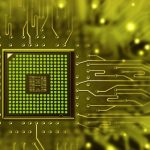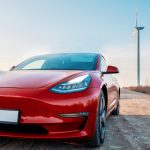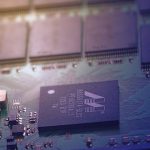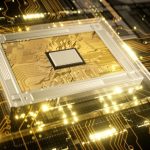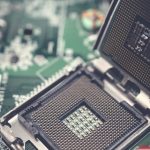As competition intensifies in autonomous vehicles, Tesla continues to refine its Full Self-Driving (FSD) capabilities, aiming to bridge the gap between advanced driving assistance and fully autonomous ride-hailing services. Demonstrations such as a recent zero-intervention journey from San Francisco to Los Angeles illustrate the potential of Tesla’s evolving software. Yet, the company faces practical challenges, including achieving hands-free charging and seamless access to Supercharger stations, which are vital for the impending launch of the Robotaxi platform. While progress has been steady, some owners have experienced inconsistencies with the vehicle’s ability to park itself accurately at charging locations. This prompts key questions regarding readiness for a truly autonomous fleet that requires minimal human interaction.
In earlier coverage, Tesla’s public focus was largely on the driving aspect of autonomy, with parking and charging solutions mentioned as concepts rather than imminent updates. Media reports from prior years highlighted prototypes like the robotic snake-arm charger, but those remained out of widespread deployment. Wireless induction charging also appeared in preliminary discussions, though technical limitations like energy efficiency were still under review. Recent updates suggest a transition from concepts and trials to actionable features, marked by CEO Elon Musk offering clearer timelines regarding software improvements.
How Will Tesla Improve Supercharger Parking Accuracy?
Tesla is working to increase the precision of its vehicles when entering available Supercharger stalls. While owners can use their vehicle displays to see real-time stall availability and locations, autonomous parking into these spaces remains inconsistent for some users. Elon Musk responded to the concerns by indicating software advancements would address these issues.
Yeah, it will work essentially perfectly with future software updates
Those updates are anticipated to make the parking process highly reliable, which is significant for the daily functionality of prospective Robotaxi fleets.
What Charging Methods Is Tesla Considering?
To achieve fully autonomous charging, Tesla has explored multiple methods. Early concepts included a robotic snake-arm charger designed to physically connect the vehicle to the charging port without owner assistance. More recent signals from the company highlight wireless induction charging as a primary pathway forward. Although Tesla reports that efficiency has surpassed 90 percent, technical challenges, such as mitigating energy loss during wireless energy transfer, must still be resolved before this can be rolled out to a wider consumer base.
Tesla said wireless charging efficiency is “well above 90 percent.”
How Close Is Tesla to Achieving Fully Autonomous Robotaxi Operations?
Seamless integration of parking and charging is fundamental to the Robotaxi initiative, allowing customer-owned vehicles to join the autonomous ride-sharing fleet without human action. Tesla’s vision incorporates software improvements for parking and advanced hardware or wireless solutions for charging. The company continues testing edge cases to ensure the reliability needed for such services. Autonomy in these processes would remove much of the friction remaining in electric vehicle (EV) ride-sharing, moving closer to daily, widespread use.
Bringing together high-level FSD navigation, automated Supercharger parking, and hands-free, efficient charging remains a demanding engineering undertaking. The steady growth in reliability and functionality can be attributed to Tesla’s continuing investment in both software development and hardware innovation. Unlike vague proposals from previous years, recent communications offer more concrete assurances and reveal Tesla’s intent to move beyond concept videos and into real-world capability. For readers, understanding the nuances of this technological evolution is critical as it informs both consumer expectations and the maturity of the autonomous vehicle market. Tesla’s advancements, while notable, must still clear hurdles around reliability and efficiency before a fully autonomous service can become available at scale.



